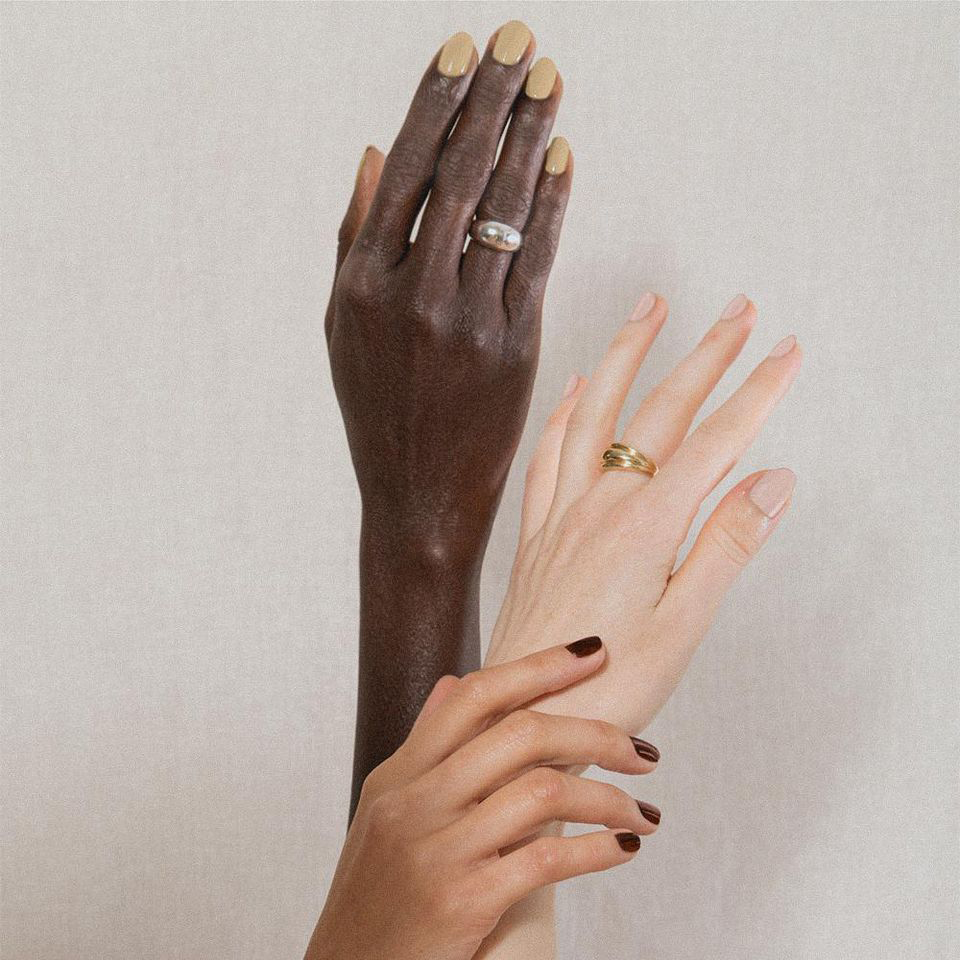During our summer skin series, we’re looking at all skin types and all skin tones. So, how does Oriental Asian skin differ from other skin tones?
Oriental Asian skin have thicker and tighter dermis than white skin, meaning Asian skin develops fewer facial lines and wrinkles, have a higher level of casual lipids and retain more moisture in the epidermis (stratum corneum) than white skin.
Asians have the highest ceramide levels. Ceramides are the fats that contribute most to skin hydration, and play a vital role in structuring and maintaining the water permeability barrier function of the skin. The higher level of casual lipids in Oriental Asian skin tones provide a barrier against the movement of water and electrolytes, retaining more moisture in the epidermis than white skin.
How do Chinese and Japanese skin tones differ?
Oriental Asian skin is naturally more oily with bigger pores, which is why skincare products are often selected specifically for brightening and whitening qualities, whilst helping control oil production and minimize pores. Japanese skin is generally more prone to redness.
Why do Asian skin tones show slower signs of ageing?
The epidermis of Asian skin contains thicker and stronger cells than white skin, and maintains more moisture.
Oriental skin produces more sebum around the hair follicles resulting in more microbial flora and a lower pH (more acidic) skin, hence black and oriental skin’s ability to combat premature ageing due to oxidation as the skin is naturally more protected.
Asian skin is more prone to freckles, melasma and lentigenes, which is a sign the ageing process has begun in these skin tones.
Step up your skincare routine with Natural Glow Cleansing Oil – bursting with calming lavender and lemon to brighten fatigued skin. Follow with Forest Dew to balance the pH of the skin and reduce the appearance of large pores.
Cover Image Credit: J. Hannah Jewellery




